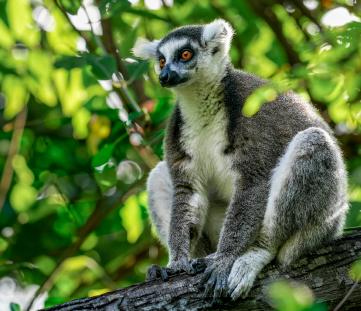
ID: EVN-D5KY
ID: EVN-D5KY
Tapia
Uapaca bojeri
Seed
Madagascar
19:53 - 16°C
My connections
My ID card
Who am I?
Date of birth
03/11/2025
Name
Tapia
Tree
Tapia
Where am I located?
Country
Madagascar
Place of birth
Amoron'i Mania
Coordinates
20° 31′ 57.42″ S
47° 14′ 40.86″ E
/47.244683,-20.532617,0/500x333@2x?access_token=pk.eyJ1IjoidG9tbWFzb3NwZXJvbmkiLCJhIjoiY2tnOTE3eW12MDJqazMybXNzOWV1YjloOSJ9.wtGsuDU7XIKjcv2cq8CiXw&logo=false&attribution=false)
My Timeline
The important moments in your tree's life.
Seed
It all starts with a tiny seed, nice and warm in the soil.
Nursery
Your seedling is big enough to be welcomed into one of our nurseries, along with many others.
Planted
We’re here! Your tree has reached its new home: it’s been planted by a smallholder, who’ll take care of it for years to come.
Photo
Strike a pose! Now that it’s big enough, here’s a photo of your tree!
My Gallery



Curiosity about me
The important moments in your tree's life.
Let's start with introductions
Tapia is a deciduous tree that can grow up to 10 meters. The leaves are green, alternate and round. The bark is very characteristic and thick with deep furrows. In the Summer months, the tapia also grows small yellow-green flowers. It is native only in Madagascar. Over time, it has become a feature of the island's peculiar nature. Tapia is used in many ways by local communities. Its fruits are edible and the cocoons of the tapia silkworm are used to produce silk.
Meaning
Wisdom
With its deep dark bark, the tapia exudes an aura of wisdom and experience.

How much CO2 I’ll absorb
My estimated CO2 absorption capacity is based on the first 10 years of my life*
Current absorption
- 0 kg
2025
0 kg
2035
-100 kg
* The tree will continue to absorb CO2 even after the tenth year. Therefore this is a prudent estimate.
How I am useful to local communities

Biodiversity
It helps restocking various animal species, thus helping the variety of fauna and flora overall.

Consumption and sales
Its fruits, seeds and/or leaves are used as food in the farmers' families or are sold on local markets.
My benefits
80%
Food Security
The trees will bear fruits, some that will be edible immediately and others that can become edible through processing, ensuring food resources over time.
80%
Economic development
The trees' fruits and the products derived from their transformation can be traded in local networks, offering income opportunities.
30%
CO₂ Absorption
During its life cycle, each tree will absorb CO₂. The trees you plant can offset your emissions.
70%
Environmental protection
The trees are planted in agroforestry systems that favor the virtuous interaction between the different species and their positive impact on the environment and on the land.